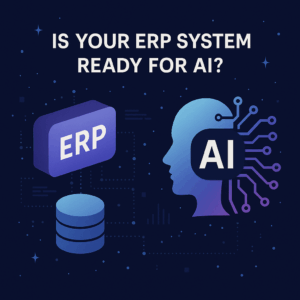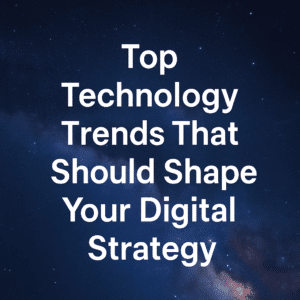When an organization dials into a new concept or software during their digital transformation journey, the excitement is at its peak. You’ve gotten a glimpse of what could be – the promise of more seamless operations, the potential of higher revenues and lower costs – the possibilities are endless! It creates momentum that gets nearly everyone in the organization excited about what’s to come.

There will always be two groups of employees that will resist what seems to be like the no-brainer changes needed for the organization – the intentional resistance and the unintentional resistance.
Picture an iceberg in the middle of the ocean. You can see the top, but what lies below the surface is far greater in magnitude than what appears to the eye.
Those employees who voice their concerns and objections to the shift from the beginning are the employees whom you can easily identify and work with to alleviate concerns. This is the intentional resistance, and it is only the tip of the iceberg.
It’s the employees who are on board and excited at the beginning of the journey that later realizes the transformation could threaten their work who can often pose the biggest obstacles at the time of go-live. Whether it’s work they have spent years creating and mastering or even their positions within the organization on a broader scale, they begin to feel threatened and become reluctant to change.
Even when the transformation is complete, this group of employees will become proficient at finding workarounds to continue utilizing their tried and true spreadsheets and documents that they utilized prior to the transformation, hindering the optimization of the new system. They are the unintentional resistance, and they pose a larger challenge that must be addressed to properly manage organizational change.
Resistance is a normal part of organizational change management, and rightfully so. The question of “what does my value become if this new system comes into play?” will begin echoing in each employee’s thought process until they believe that this change is in their own benefit.

Table of Contents
ToggleWhat’s the solution?
Gauge the truth
Surveying is a critical piece of the digital transformation process. To gauge employee feedback on current gaps and holes within the current system is to dial in on the true needs of the organization. With that said, many employees have gotten used to the current processes and have developed their own work arounds for their tasks. The way the survey is presented is what could differentiate fabricated answers about the truth behind the gaps in the system.
When facilitating an initial survey, it is important to do two things:
- Have a third party host and deliver the survey. This will create a sense of separation between the employee and their company, making them slightly more transparent in their answers.
- Make the survey anonymous. If employees know their answers cannot be traced back to them specifically, they will be more vocal about their concerns.
Ask questions like:
- How do you like your current technology?
- How do you feel other department software compares to yours?
Once you have this information, not only will you have better insight into the needs of the organization, but you will also shine a light on the tip of the iceberg.
Define your message
Once you measure and analyze what’s below the surface through surveys and other metrics, you can dial in on the solve, both in software solutions and organizational change management strategies. Many times, the solve comes from how the change is communicated to the organization, top-down and laterally. If the message from the beginning revolves around ‘what’s in it for me’, there will be less resistance. You may need to customize the message per department and pour it into the departments that may show the biggest reluctancy to change.
Summary
Understanding the group that will be reluctant and the reason behind their reluctancy in the beginning of a transformation journey will enable these challenges to be formulated into the digital transformation and organizational change strategy. If you plan for these obstacles and understand them ahead of time, odds are you will overcome them.
Questions about digital transformation needs or general organizational change management? Please feel free to contact us to discuss your change management or transformation initiatives. We are happy to help!





